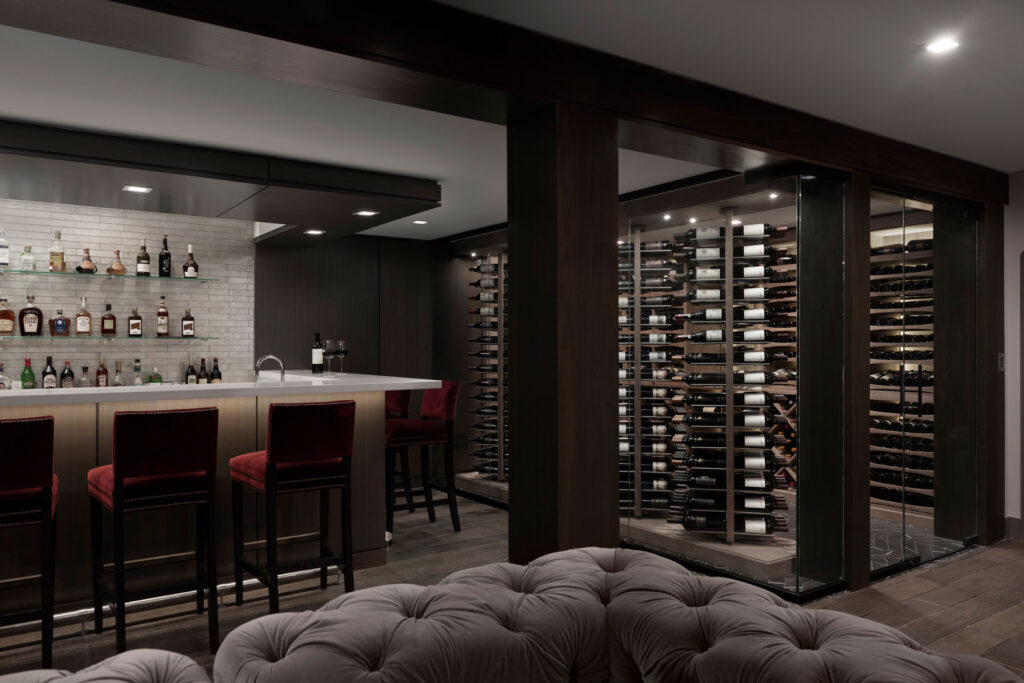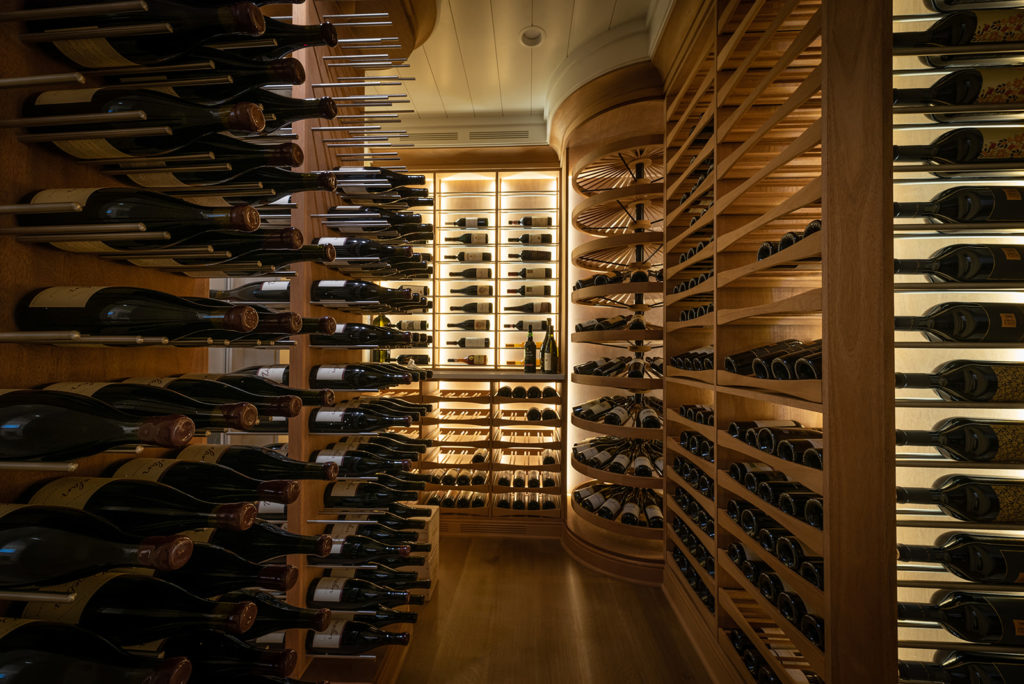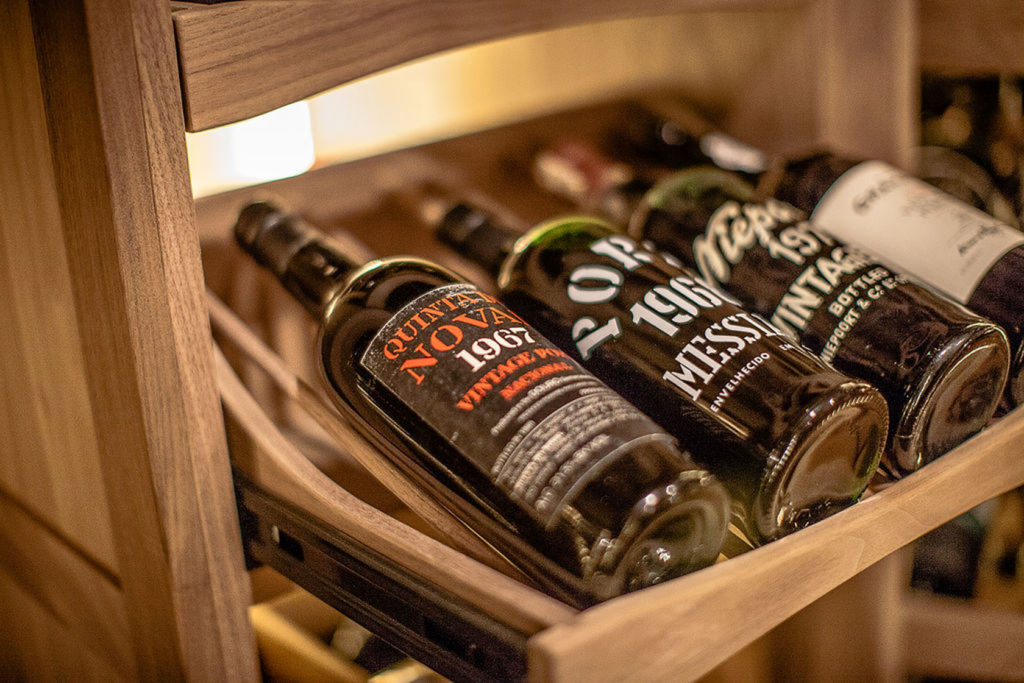When “designing” a wine cellar, we are presented with varying degrees of input. Generally, we feel that the more input we can get, the better. The word “designing” is parenthesized because sometimes the input we get is intended to be a design. We also get input that is contrary to best practices in our business.
As designers, we must approach these situations with caution. For example, we get requests on a regular basis to include seating and dining amenities in our projects, and we think this is just a bad idea. Wine rooms are damp and cool, and not comfortable for extended stays inside for guests. So, there is a need for dialogue. We feel obligated to give our advice to clients on matters such as this, but understand it will ultimately be up to the client whether they follow it or not. Once we explain our reasoning and offer alternative ideas that will work just as well, clients generally agree and appreciate the perspective.

On the one hand, one of our very top priorities is to give the client what they want. On the other hand, they generally come to us because they like our designs and want our advice/input.
In general, we know that it isn’t productive to lead with criticism in these situations, particularly when working with architects or interior designers, but we also think it’s very important that anything we do ends up being something both ourselves and our customers will be happy with for years to come.
It is much easier to just follow the customer’s direction, and harder to turn the ship around and change someone’s mind that may be already made up.

What we want for our customers is that they are happy with the design many years into the future. Even for clients that aren’t serious collectors, we assume that some day they might be, and we want them to always feel comfortable with the investment they made in one of our cellars. This is much more important than any immediate financial consideration.
With designers (architects or interior designers), the challenge can be more daunting as they will have occasionally already developed a design concept. They will also typically serve as a liaison between the wine cellar designer and the collector, which effectively precludes any one-on-one dialogue between the latter two parties.

When I started Revel Cellars, no one was asking for pullout wine drawers. That was because none existed, and no one had ever heard of such a thing. Sometimes clients ask for things without having complete information, or because they aren’t aware that better alternatives exist. The challenge for the designer is to be able to listen carefully to the client, and then present well founded and clearly communicated responses.
What are your thoughts?
